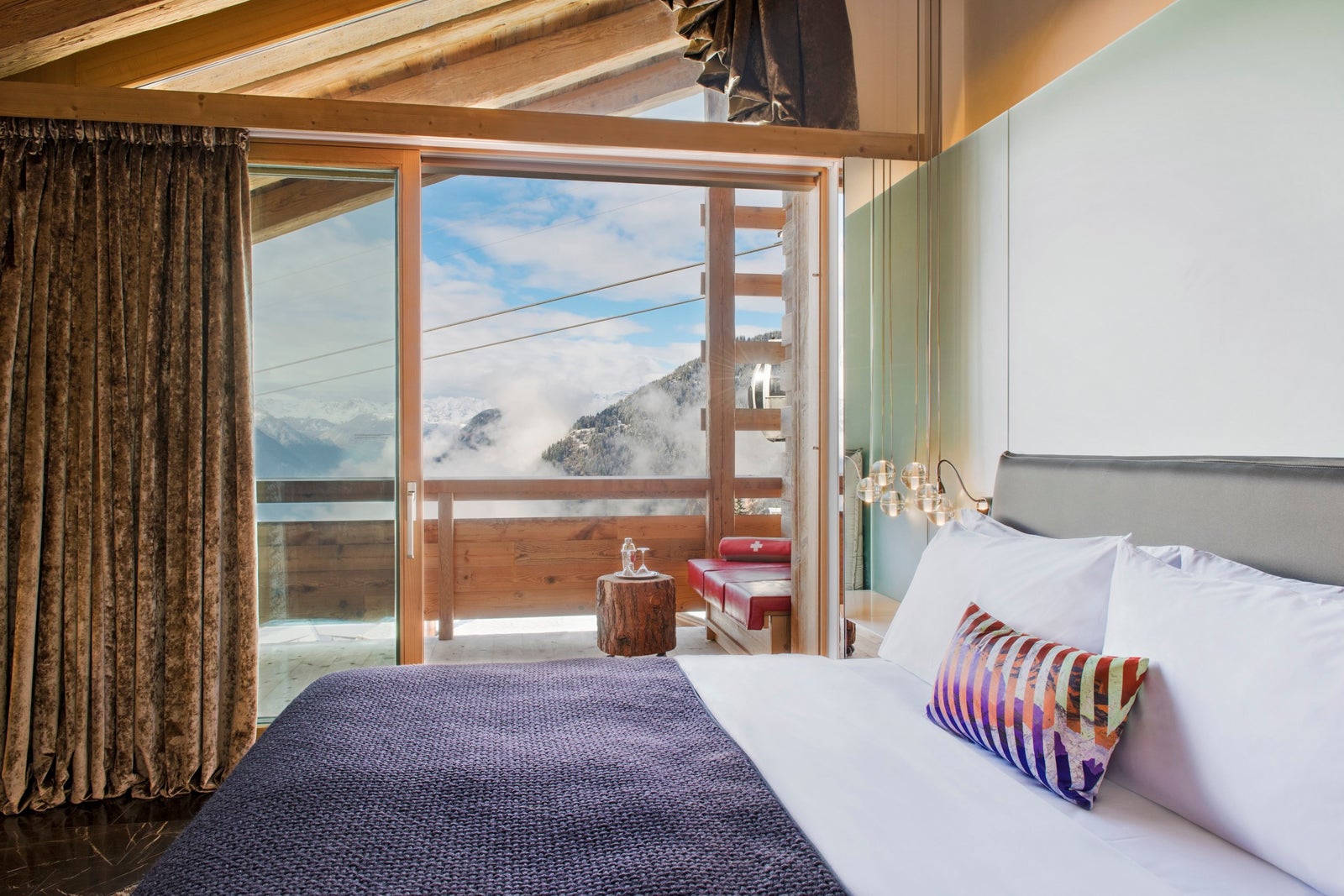London’s Cheyne Walk offers a sedate streetscape that bears no witness, save some blue English Heritage plaques embedded in numerous façades, to its daredevil background. To the redbrick Georgian and Queen Anne houses and apartment properties that line this Thames-facet street in Chelsea, all manner of resourceful iconoclasts considering that the third quarter of the 19th century have gravitated. Querulous painter James Abbott McNeill Whistler bunked in this article, as did dandified tastemaker Christopher Gibbs, actor Laurence Olivier, and a handful of of the Rolling Stones, additionally Marianne Faithfull.
“All of Chelsea is a fairy tale for me,” claims Patrick Mele, a young decorator who is dependent in New York City but seems straight out of the Cheyne Walk playbook, with a tousled mop of dim hair foaming previously mentioned an angular confront which is pure Egon Schiele. “My best friend developing up was English, so I have always been drawn to that Anglo sensibility. And I applied to occur here a ten years back, when I labored for Ralph Lauren, to work on the suppliers.” So, when Sara Tayeb-Khalifa and her husband, Hussein Khalifa, high-fived Mele’s zesty decoration of a bed room in their Manhattan apartment, they made available to deliver him again throughout the pond to revamp the Cheyne Wander flat they experienced owned due to the fact the early 1990s.
“I had done it area by space by area, but nothing matched—plus, I no for a longer period desired harmless,” points out the exquisite Tayeb-Khalifa, a former Phillips govt who is partnering with sustainable-style designer Jussara Lee on collections of T-shirts and cushions. “I wished to make it pleased: pleased shades, content home.” To that end, her conversations with Mele ended up peppered with references to Auntie Mame, Overlook Havisham, and the ceilings of old French bistros, stained “a color that reminds you of cigarettes, wine, lousy liquor, and additional cigarettes,” Tayeb-Khalifa states with a laugh. —Mitchell Owens
When requested what an individual unfamiliar with his biography may surmise basically by strolling via his Melbourne residence, Troye Sivan remains sanguine: “I’d hope they’d imagine that I’m an unpretentious dude, perhaps a bit eccentric, someone who loves art and style and design, someone devoted to his family—and surely the truth that I’m gay,” says the wildly preferred 25-year-aged Australian singer-songwriter and actor.
In truth, if that hypothetical visitor took place to be a persnickety style and design snob, they’d undoubtedly not fall short to sign-up the array of treasures by the likes of Percival Lafer, Ettore Sottsass, Tobia Scarpa, and Marios Bellini and Botta the cabinetry particulars impressed by Charlotte Perriand and Jean Prouvé and the bespoke, Memphis-flavored appointments of the bath and powder rooms. On a deeper amount, even so, it would also be crystal obvious that this is the home of a person with the cultivation and assurance to understand that wonderful structure is as significantly about suitability and nuance as it is about critical objects and artworks.
“Troye is an amazingly savvy collaborator. In our earliest discussions, he talked about materiality, how he preferred to really feel in his dwelling, about the scent and the sound and the mild. It was so a great deal a lot more than just a handful of quite matters he observed on Pinterest,” recollects designer David Flack of regional company Flack Studio, Sivan’s husband or wife in the sensitive, complex reimagining of the singer’s Victorian-period residence.
The residence in problem is a legitimate architectural gem. Erected in 1869 as a handball courtroom, the constructing was transformed into a brick manufacturing facility in 1950 and then subsequently remodeled into a home in 1970 by renowned Australian architect John Mockridge, a fixture of the area artwork-and-structure scene. The conversion is mentioned to be the 1st adaptive reuse venture of its sort in the town. “You can photograph Mockridge and his close friends sitting down all around drinking whiskey and talking about artwork. I desired to maintain that bohemian spirit and honor the authentic architecture whilst developing a little something that feels like me,” Sivan claims. —Mayer Rus


